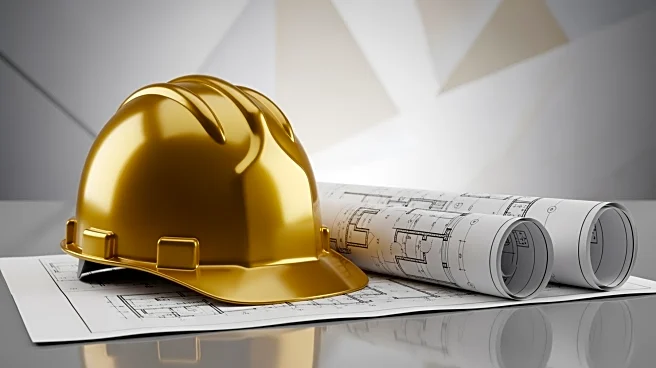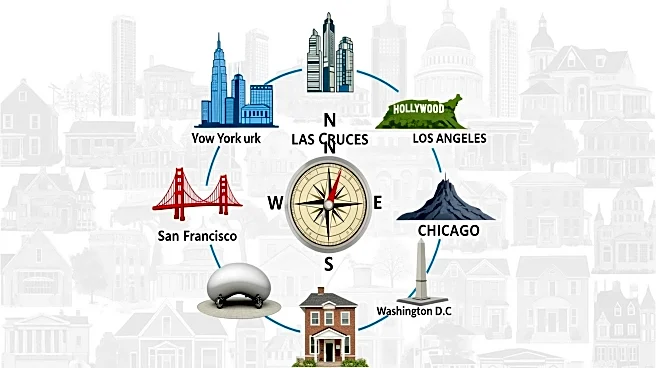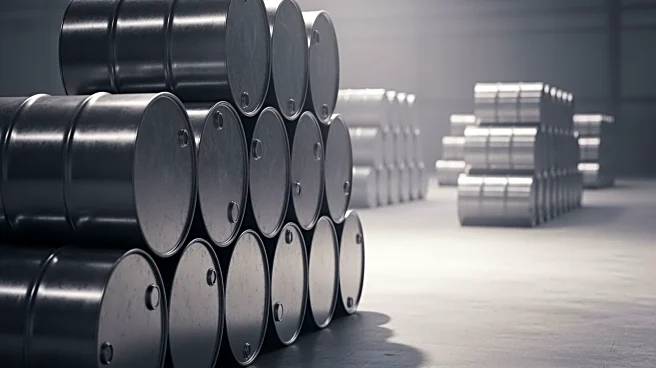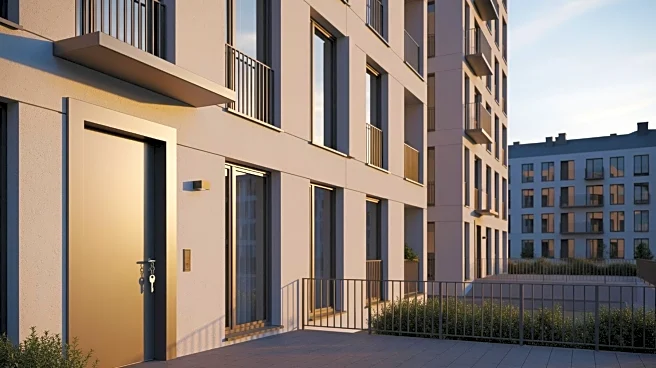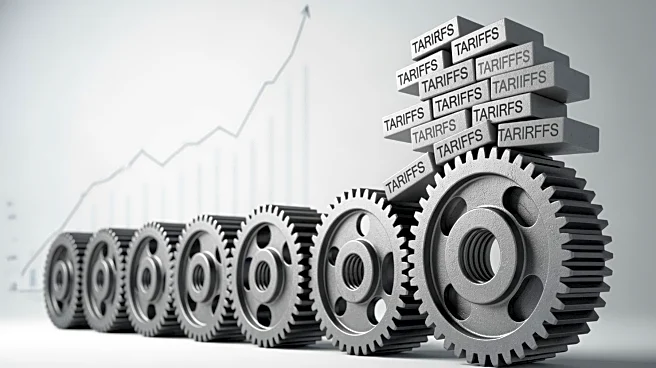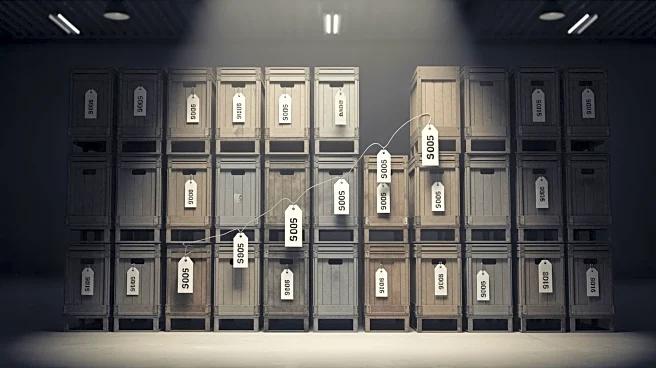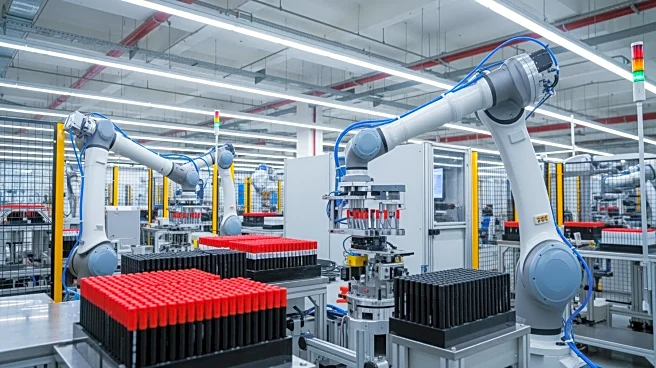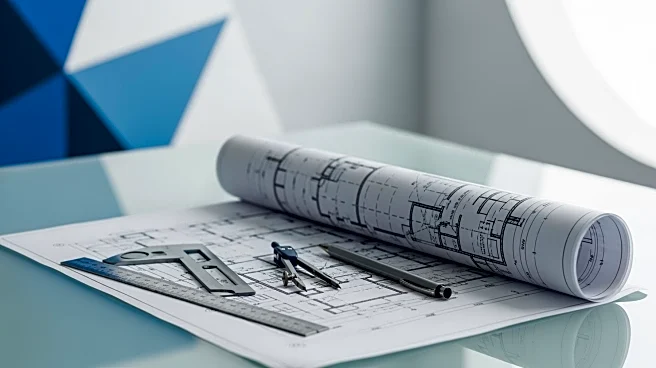What's Happening?
The U.S. construction industry is experiencing a stabilization in costs after several years of volatility. According to recent data, construction spending and costs are beginning to level off, providing a more predictable environment for project planning
and budgeting. This stabilization comes despite ongoing challenges such as tariffs and global trade dynamics. The American construction workforce continues to demonstrate resilience, maintaining steady employment levels even amidst market fluctuations and labor shortages. The industry is showing signs of finding its footing, with moderate cost growth and early indications of price equilibrium.
Why It's Important?
The stabilization of construction costs is significant for the U.S. economy, as it impacts a wide range of stakeholders, including developers, contractors, and consumers. A more predictable cost environment allows for better financial planning and risk management in construction projects, potentially leading to increased investment and development activity. The resilience of the construction workforce is crucial for sustaining economic growth, as it supports infrastructure development and housing supply. However, ongoing challenges such as tariffs and global trade issues could still pose risks to the industry's recovery and growth.
What's Next?
As the construction industry continues to stabilize, stakeholders will likely focus on navigating the challenges posed by tariffs and global trade dynamics. Policymakers and industry leaders may seek to address these issues through negotiations and strategic planning to ensure continued growth and stability. Additionally, the industry may explore innovative solutions to mitigate the impact of labor shortages and enhance workforce resilience. Monitoring economic indicators and market trends will be essential for anticipating future developments and making informed decisions.
Beyond the Headlines
The stabilization of construction costs may have broader implications for the housing market and urban development. As costs become more predictable, there could be an increase in affordable housing projects and infrastructure improvements. This could lead to enhanced community development and economic opportunities in various regions. Additionally, the industry's focus on resilience and adaptation may drive advancements in construction technology and sustainable building practices, contributing to long-term environmental and economic benefits.
